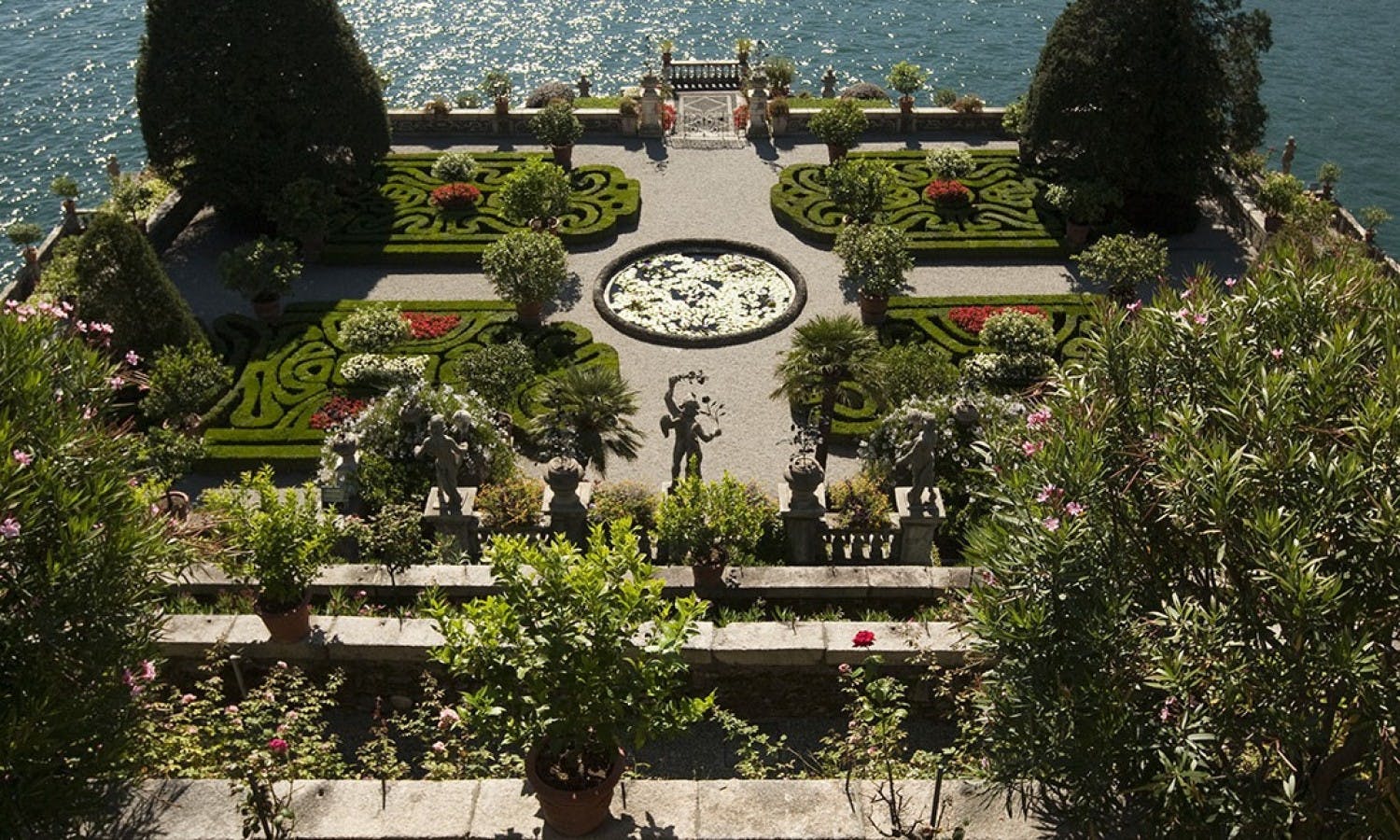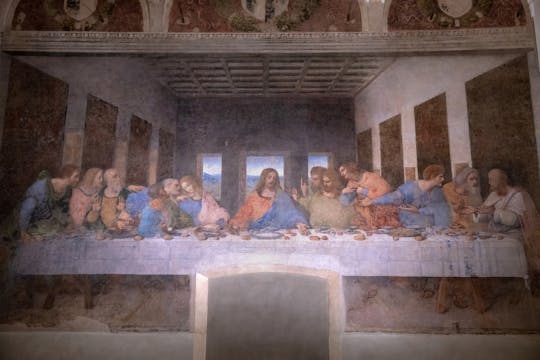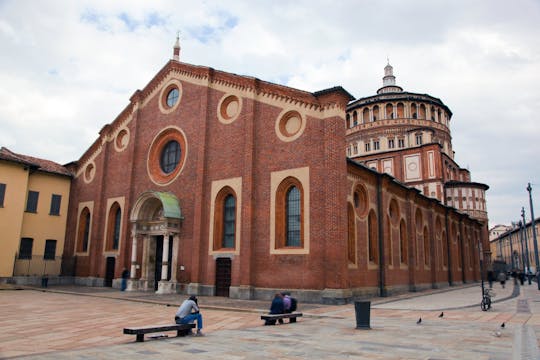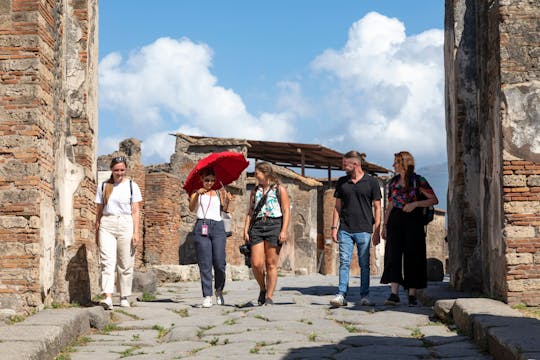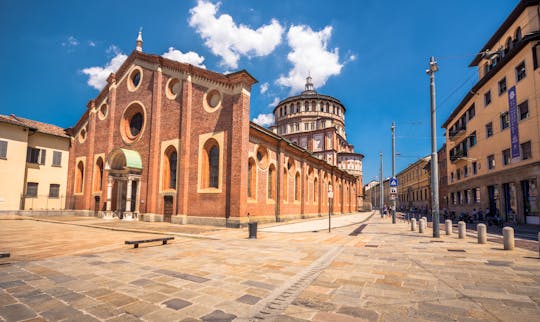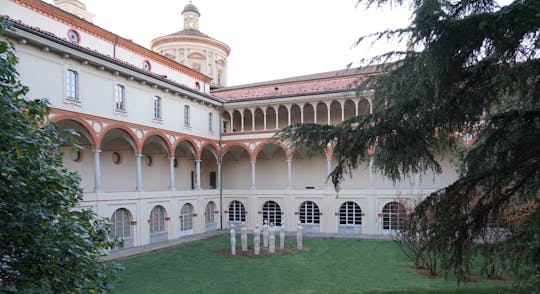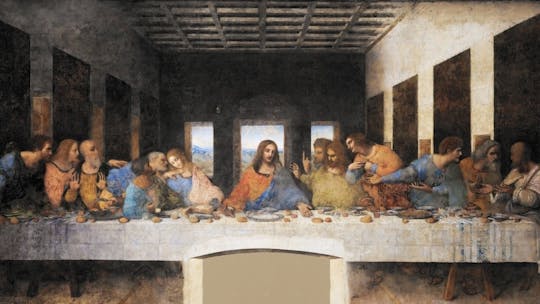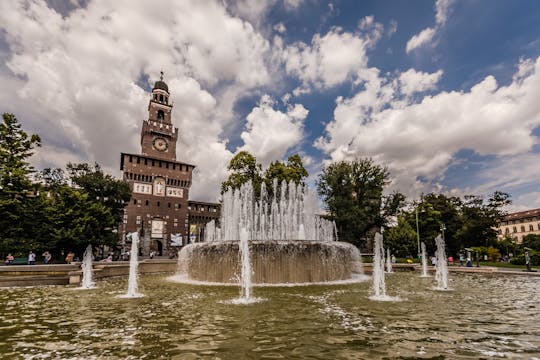The Fortress of Angera rises majestically on a spur of rock overlooking the Lombard side of Lake Maggiore. In a strategic position for military control, it was owned by the Visconti family and in 1449 it was acquired by the Borromeo family, thus becoming the residence and symbol of the political order of the family to which it still belongs. It is impossible not to be surprised by the size and grandeur of this medieval fortress composed of five different buildings erected between 1100 and 1600: the Castellana Tower, the Scaligera Wing, the Visconti Wing, the Tower of Giovanni Visconti and the Borromei Wing.
The Historical Halls
Enjoy walking through the Historical Halls, each embellished with frescoes, large paintings, portraits and antique furniture. The Gallery, the Hall of Ceremonies, the Hall of San Carlo, the Hall of Fasti Borromeo, the Hall of Buon Roman and the Hall of Mythology. The Hall of Justice is not to be missed: it was entirely frescoed shortly after the Battle of Desio in 1277 by an anonymous painter who took the name "Master of Angera" from this undertaking.
The Medieval Garden
The Medieval Garden was created in 2008 following an accurate study based on illuminated codes and period documents. A place out of time that evokes what could have been the original garden of the Rocca, where flowers and herbs follow the vital cycles of nature and the seasons. An open-air museum where it is possible to understand and learn about what the garden was like in the Middle Ages, from the botanical point of view, as well as the art and daily life of the time.
The Museum of Dolls and Toys
The Museum of Dolls and Toys was founded in 1988 by Princess Bona Borromeo Arese and hosts a collection of dolls, toys and automata among the most important in Europe, standing out for the quality, variety and rarity of the collection. The museum is located in the Visconti and Borromeo Wing and develops through 12 rooms: more than 1300 pieces made from the 18th century to today in different materials (from wood to wax, from papier-mâché to porcelain, from biscuit to fabric). Toys of various kinds and two monothematic sections complete the exhibition: the Room of Dolls from the World and the Room of Automata.


